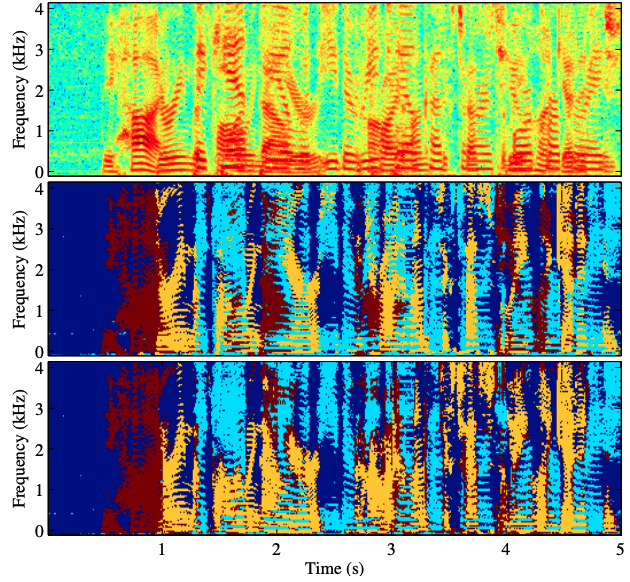Continuous speech separation: dataset and analysis
This paper describes a dataset and protocols for evaluating continuous speech separation algorithms. Most prior studies on speech separation use pre-segmented signals of artificially mixed speech utterances which are mostly \emph{fully} overlapped, and the algorithms are evaluated based on signal-to-distortion ratio or similar performance metrics. However, in natural conversations, a speech signal is continuous, containing both overlapped and overlap-free components. In addition, the signal-based metrics have very weak correlations with automatic speech recognition (ASR) accuracy. We think that not only does this make it hard to assess the practical relevance of the tested algorithms, it also hinders researchers from developing systems that can be readily applied to real scenarios. In this paper, we define continuous speech separation (CSS) as a task of generating a set of non-overlapped speech signals from a \textit{continuous} audio stream that contains multiple utterances that are \emph{partially} overlapped by a varying degree. A new real recorded dataset, called LibriCSS, is derived from LibriSpeech by concatenating the corpus utterances to simulate a conversation and capturing the audio replays with far-field microphones. A Kaldi-based ASR evaluation protocol is also established by using a well-trained multi-conditional acoustic model. By using this dataset, several aspects of a recently proposed speaker-independent CSS algorithm are investigated. The dataset and evaluation scripts are available to facilitate the research in this direction.
PDF Abstract



 LibriSpeech
LibriSpeech
 WSJ0-2mix
WSJ0-2mix